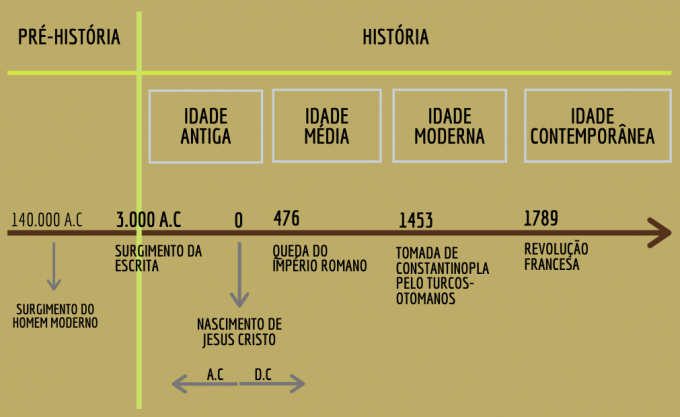During the colonial period of Brazilian history, most of the population lived in the countryside, usually within large farms producing agricultural goods, such as sugar cane. However, after the discovery of gold in the region where the state of Minas Gerais is located today, urban centers began to be formed in this region.
Among these urban centers, the richest and most famous of the period was that of rich village (current city of Ouro Preto). The occupation of this mountainous and difficult to access area began in the last decade of the 17th century and reached the valleys of small streams that existed in the place where there was a large amount of gold. Mines started to be opened on the slopes of these hills, becoming the main source of wealth explored by the Portuguese metropolis in its American colony.
The wealth arising from the extraction of gold in the region allowed an urban development, with the constitution of paved streets, numerous buildings, a production Baroque art, in addition to stimulating the formation of a consumer market, mainly to guarantee the supply of goods for the consumption of the inhabitants of the local.
The formation of the internal consumer market in the city of Vila Rica was favored by the fact that the exploration of gold enabled the formation of intermediate layers in the social pyramid. There were not only the very rich and the extremely poor in the city, as happened on the plantations. There were a considerable amount of people who held an average level of income, which allowed the purchase of products for food, clothing and other types that were offered on site. This was still encouraged because only subsistence agriculture had not been developed in the city. The figures of small merchants and their establishments appeared in the city, thus, in addition to the buying and selling goods, there was also the creation of a space for socialization between the people.
The result of this process was the connection of the cities of Minas Gerais (of Vila Rica in particular) with other regions of the colony, such as the Northeast and the South, which mainly offered products derived from cattle raising, such as meat and leather. From Rio de Janeiro, products imported from Europe were transported to Vila Rica. In order to carry out this trade between the various regions of the country, numerous roads were built, in addition to the appearance of the tropeiro in colonial society.
The tropeiro was responsible for transporting and selling the goods between the production and sale sites. In many cases, the muleteers got rich with the profits they obtained in the exchange of these goods. This incipient internal market was gradually creating the connection routes between the various regions, initiating the colony's integration process and overcoming the isolation that existed between the various places.
By Tales Pinto
Graduated in History


